The Neighborhood Gardener
November 2025
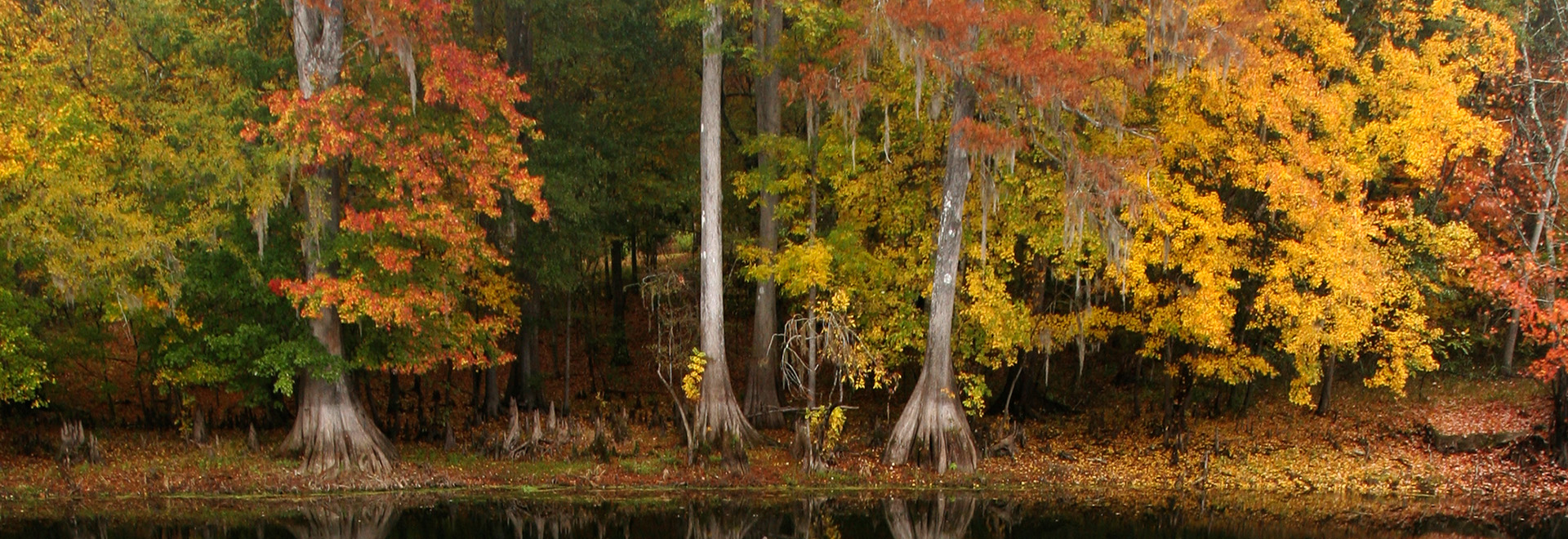
We are so thankful for our readers! | Sign up for our e-newsletter
The Benefits of Trees in the Landscape
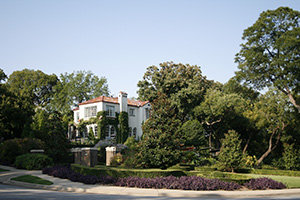
Whether you look to trees for bird spotting or a place for your children to play, these landscape essentials can provide ample benefits to you and the environment. Trees provide “ecosystem services,” which are services provided by nature. These services contribute to society by providing economic value and improving human and environmental health. A new Gardening Solutions article lists of some of the ecosystem services provided by trees that can benefit Florida residents and local wildlife.
Armillaria Root Rot
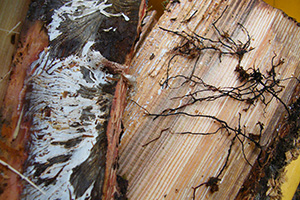
Have you ever noticed a tree or shrub that is wilting, with sparse, dry and shriveled leaves? Or have you come across a tree or shrub that seems to have turned brown overnight? The culprit might be Armillaria root rot, also called mushroom root rot. This disease is caused by a genus of fungi, Armillaria spp., that infests the inside of a plant and prevents it from properly absorbing water. This Gardening Solutions articles discusses the symptoms of the disease, plants most affected and next steps if your tree is infected.
Choosing and Installing Mulches
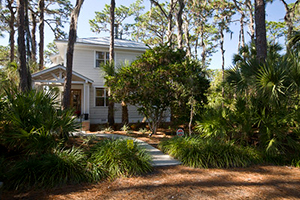
Proper mulching is an essential component of any Florida-Friendly landscape. Mulch helps conserve water, control erosion, suppress weeds and provide aesthetic appeal. It’s often composed of tree bark, leaves, needles, wood or grass. And organic mulch isn’t just good for your plants; it’s good for your soil, adding nutrients as it breaks down. In addition to listing the benefits, this article breaks down the types of mulch and how to calculate just how much mulch to add to your landscape.
Wendy’s Wanderings

When I visited Japan recently, I expected to be amazed by temples, bonsais and perfectly raked gravel gardens — but what really caught my eye were the plants. Walking through Kyoto and Tokyo, I kept spotting old friends from home: camellias, loquats, fatsia, farfugium, even the ever-persistent Japanese honeysuckle. It turns out that many of the plants we grow (and sometimes battle) here in Florida share deep roots across the Pacific. Whether prized ornamentals or troublesome invaders, these japonica species form a curious botanical bridge between our subtropical yards and the gardens of Japan.
Plant of the Month: Shumard Oak
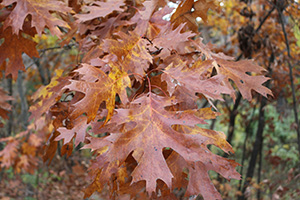
Shumard oak (Quercus shumardii) offers shade in the summer and a burst of rich color in fall. This native tree copes well with air pollution, poor drainage, drought and compacted soils. Many gardeners appreciate Shumard oak for its interesting foliage. It features traditional oak-shaped leaves that turn a brilliant red or red-orange before falling to the ground in autumn. With a large canopy, it makes a lovely shade tree in zones 5b-9b. Shumard oak also boasts some of the largest acorns of all Florida oaks, attracting wildlife like squirrels, deer and turkey.
(Photo: Ryan Armbrust, Kansas Forest Service, Bugwood.org)
November in Your Garden

Bulbs to plant this month include amaryllis and crinum. Divide and replant overgrown perennials now so that they establish before the coolest weather arrives. A long list of cool-season crops can be planted now including broccoli, onions, kale, and carrots. The landscape needs less supplemental watering in the fall and winter, so turn off automatic systems and water only if needed.
For more month-by-month gardening tips, check out the Florida Gardening Calendar. Three different editions of the calendar provide specific tips for each of Florida’s gardening regions—North, Central, and South.
What’s Going On?
If your Master Gardener Volunteer program or Extension office is having an event, be sure to share it with us.
